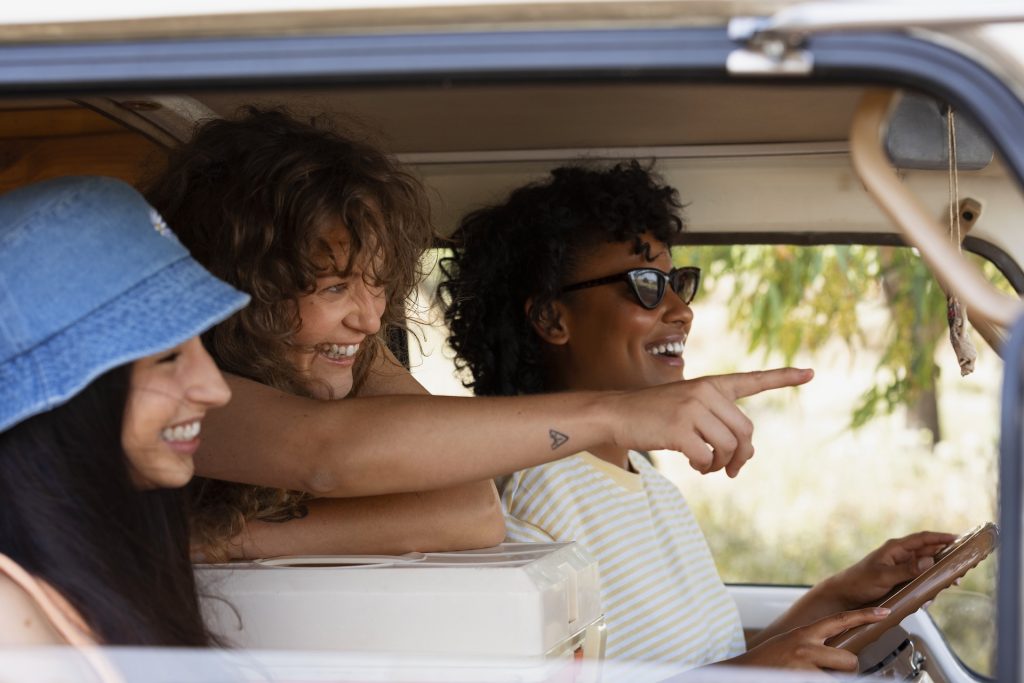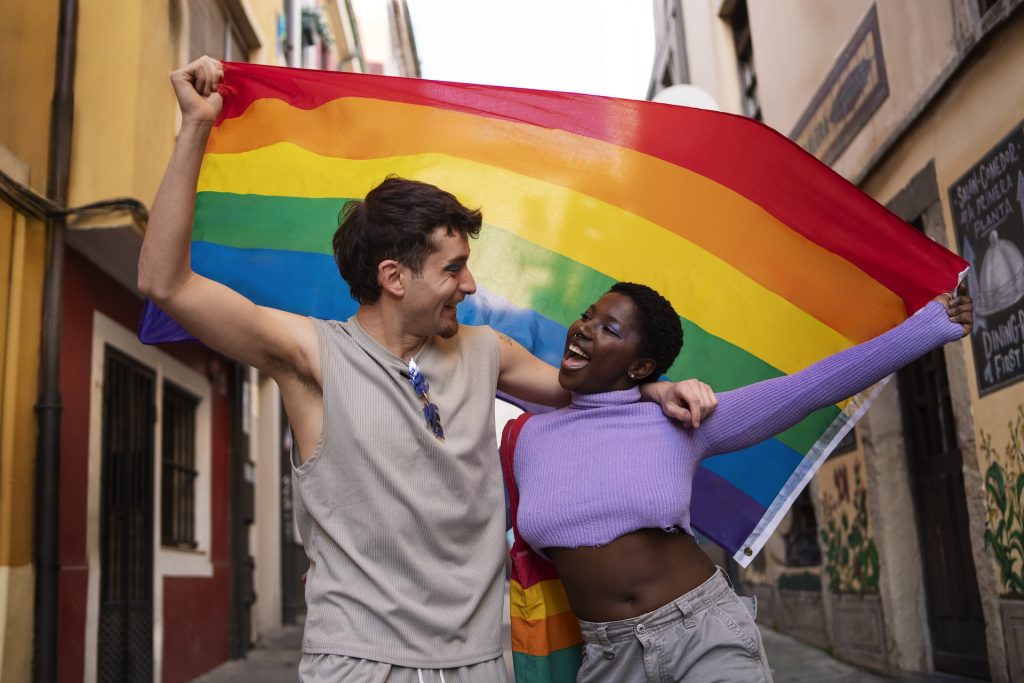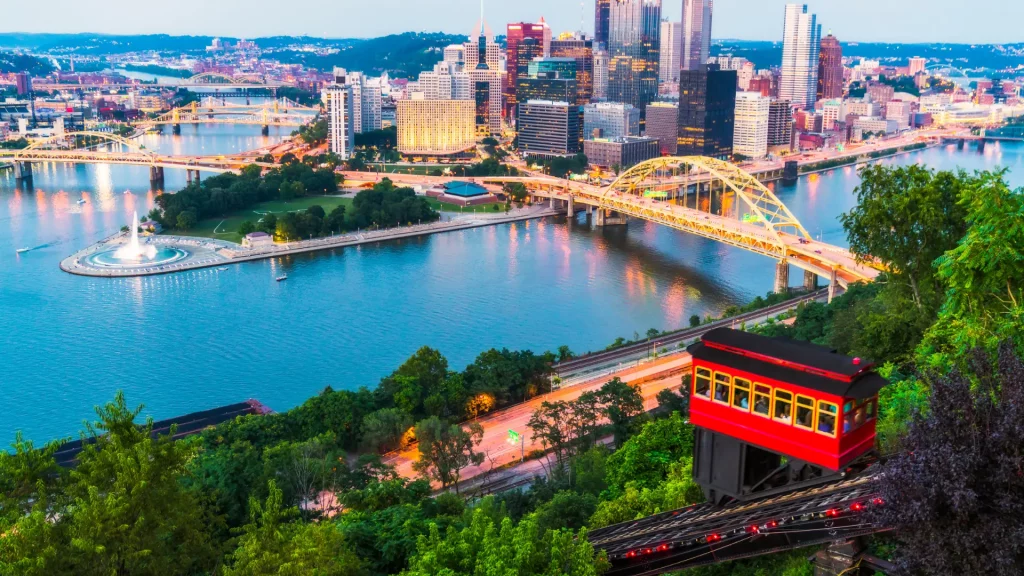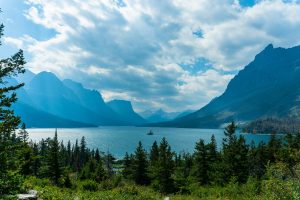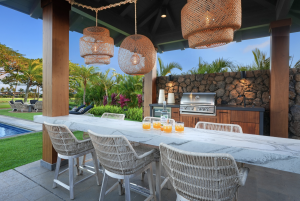
Why Slow Travel is More Than Just a Trend (and How It's Saving the Planet)
What if your vacation left you refreshed and helped the planet too? Slow travel gives you both. Stay longer in fewer places. Choose trains over planes. Talk with locals. Find hidden spots tourists miss. Taste regional food. When you slow down, you experience a place fully, not just check it off a list. Your memories last longer. And so will our beautiful world.
Ever noticed how vacation sometimes feels more exhausting than your regular life? You’re not alone. We’ve all been there: rushing from one “must-see” attraction to another, frantically checking items off our bucket lists, and returning home needing a vacation from our vacation. But what if there’s a better way to travel that’s not only more enjoyable but also significantly better for the planet?
Enter slow travel. It’s not just about moving at a leisurely pace (though that’s certainly part of it). It’s about reimagining our entire approach to exploring the world. Instead of treating destinations like items on a checklist, slow travel invites us to linger, to immerse ourselves in fewer places rather than racing between highlights. And here’s the exciting part: beyond giving us richer experiences and genuine cultural connections, this unhurried approach offers substantial environmental benefits that could help transform tourism from part of the climate problem into part of the solution.
What Is the Slow Travel Trend and How Is It Helping the Planet?
The environmental impact of travel begins with how we get from point A to point B. Flying is by far the biggest carbon culprit in travel. A single round-trip between New York and London pumps out nearly 1,000 kg of CO2 per passenger.
That’s almost half what the average person worldwide produces in an entire year! And those whirlwind European tours where you hit three cities in a week? You could be looking at 1,400 kg of carbo just from getting around.
Slow travel offers a simple fix: fly less, stay longer. When you spend a month exploring just one region of Italy instead of country-hopping across Europe, you can slash your carbon footprint by a whopping 70%.
Trains become your best friend – they generate about 75% less emissions than planes per mile traveled. Plus, you’ll actually see the countryside rather than just the clouds!
Once you’ve arrived, you’ll naturally get around like a local: walking, biking, or hopping on public transit instead of renting a car or joining those gas-guzzling tour buses.
Research backs this up: people who stay put for two weeks or more produce 60% fewer transportation emissions than those bouncing between destinations.
Book your last-minute getaway on Whimstay here
Slow Travel Helps Adventurers Consume Less and Consume Better
Slow travel isn’t just about how you get there – it’s also about what you do once you arrive. Think about that hotel room you stayed in for just one night. Did you really need fresh towels and sheets? All that water and energy spent on cleaning adds up fast. Hotels use 100-200 liters of water per room for daily cleaning, and those quick turnover rooms need constant climate control whether anyone’s there or not.
When you settle in somewhere for a week or more (like in a vacation rental that you scored for a great price, wink wink) , your environmental footprint shrinks dramatically – up to 40% compared to hotel-hopping every night or two. You’ll naturally fall into more sustainable patterns: doing laundry only when necessary, cooking simple meals in your apartment kitchen instead of dining out for every meal (saving both money and food waste), and generally living more like a local than a tourist.
Then there’s the souvenir situation. We’ve all bought trinkets we later regretted. With slow travel, you have time to discover truly local artisans and meaningful mementos. You might find yourself bringing home just one beautiful handcrafted item instead of ten forgettable knick-knacks, reducing both environmental impact and suitcase weight!
Supporting Local Communities While Protecting Environments
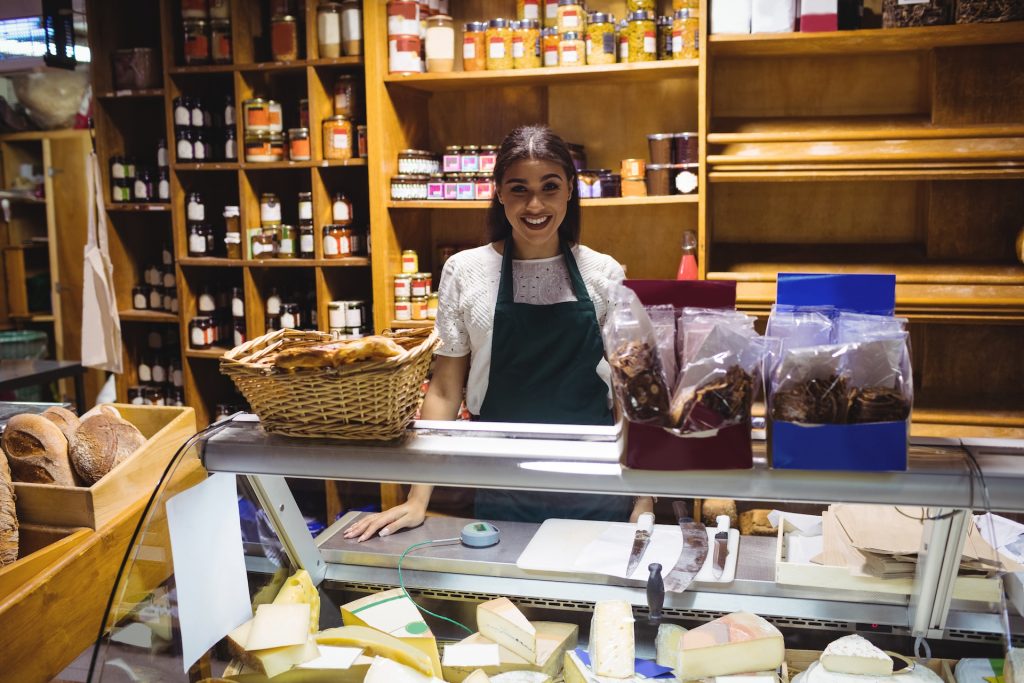
Let’s talk about where your travel dollars actually end up. Ever stayed at a big international hotel chain and wondered how much of what you’re spending benefits the local community? Not much, as it turns out. In some popular destinations, a shocking 80% of tourist money flows right back out of the local economy.
Slow travel naturally changes this equation. When you spend two weeks in one place instead of two days, you’re more likely to:
- Discover that family-run café around the corner instead of grabbing coffee at Starbucks.
- Shop at local markets and boutiques rather than tourist gift shops selling imported souvenirs.
- Form genuine connections with locals who might recommend authentic experiences you'd never find online.
These natural behaviors of slow travelers keep more money in local hands and spread the benefits of tourism beyond just the famous hotspots. And when local businesses thrive, they’re more likely to protect the environmental and cultural assets that attract visitors in the first place.
How Do You Slow Travel? Here’s How to Get Started
Want to make your next trip better for both you and the planet? Here’s how to get started:
Before You Go
- Choose one region to explore deeply rather than multiple countries or cities.
- Research destinations with good public transportation or bikeable areas.
- Consider carbon offsetting for necessary long-haul flights.
- Allow flexible itineraries that can adapt to local opportunities and weather conditions.
Transportation Choices
- Opt for direct flights when flying is unavoidable.
- Use trains for journeys under 1,000 km where available.
- Pack light to reduce fuel consumption on all transportation modes.
- Rent bicycles for local exploration rather than cars.
Accommodation Selections
- Book vacation rentals for stays longer than a few days.
- Request reduced cleaning service during extended stays.
- Choose accommodations within walking distance of necessities.
Daily Practices
- Shop at farmer's markets and cook with seasonal local ingredients.
- Participate in community events rather than commercial tourist activities.
- Use refillable water bottles and shopping bags.
- Learn about and respect local resource conservation practices.
Need a place to stay? Book on Whimstay here
The Art of Slow Travel Is Already Sweeping the World
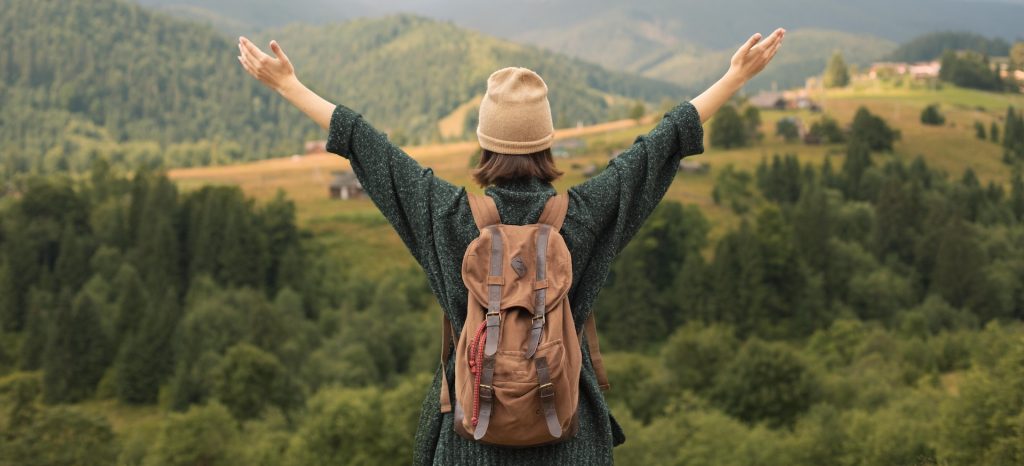
The travel industry is catching on. Tour companies now offer “deep dive” regional experiences. Hotels advertise “stay longer, save more” deals. Even train companies are improving their services as more travelers choose rails over wings.
The next time you book a trip, remember that you have a choice: Frantic bucket-list checking or embracing an approach that’s gentler on both you and the earth. Funny how slowing down actually expands our world, isn’t it? In our speed-obsessed culture, sometimes the most progressive thing we can do is simply take our time.
+ Articles:
 Download
Download 
